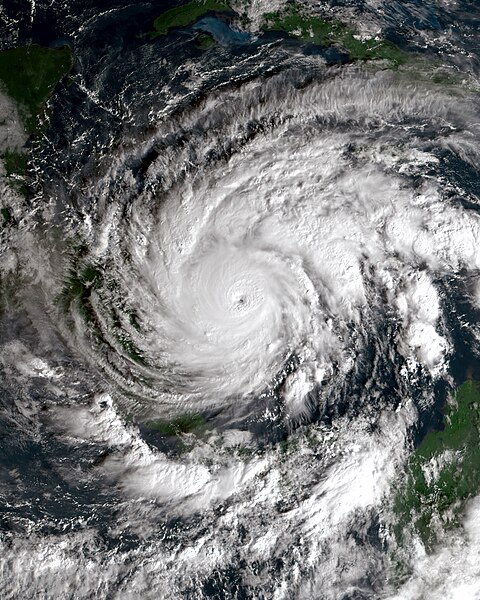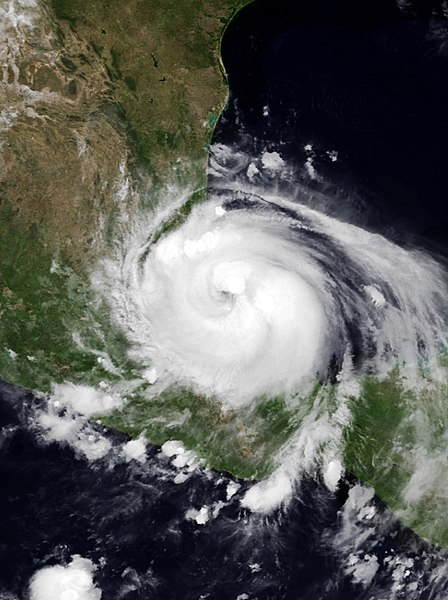Hurricane Iota was a devastating late-season Category 4 Atlantic hurricane which caused severe damage to areas of Central America already devastated by Hurricane Eta just less than two weeks prior. The 31st and final tropical cyclone, 30th named storm, 14th hurricane, and record-tying seventh major hurricane of the record-breaking 2020 Atlantic hurricane season, Iota originated as a tropical wave that moved into the Eastern Caribbean on November 10. Over the next few days, the wave began to become better organized and by November 13, it developed into a tropical depression north of Colombia. The depression strengthened into Tropical Storm Iota six hours later. The storm was initially impacted by some wind shear, but a center relocation and relaxed shear allowed Iota to quickly strengthen into a hurricane on November 15, after which it underwent explosive intensification, peaking as a high-end Category 4 storm, with wind speeds of 155 mph (249 km/h). After weakening slightly, Iota made landfall in northeastern Nicaragua as a mid-range Category 4 hurricane, becoming the strongest recorded hurricane to make landfall in Nicaragua in November. Iota then rapidly weakened as it moved inland, dissipating on November 18.

Iota at peak intensity approaching Nicaragua on November 16
Rain from Iota in Bogotá, the capital city of Colombia
Hurricane Iota just prior to landfall south of Puerto Cabezas, Nicaragua
British Merlin helicopter on damage survey over Honduras
The Saffir–Simpson hurricane wind scale (SSHWS) classifies hurricanes—which in the Western Hemisphere are tropical cyclones that exceed the intensities of tropical depressions and tropical storms—into five categories distinguished by the intensities of their sustained winds. This measuring system was formerly known as the Saffir–Simpson hurricane scale, or SSHS.
Image: Nicole 2022 11 10 0620Z colored
Image: Agatha 2022 05 30 1700Z
Image: Grace 2021 08 21 0610Z
Image: Lidia 2023 10 10 2120Z








